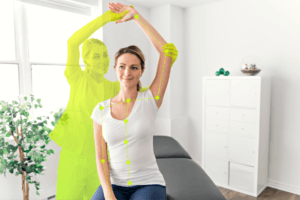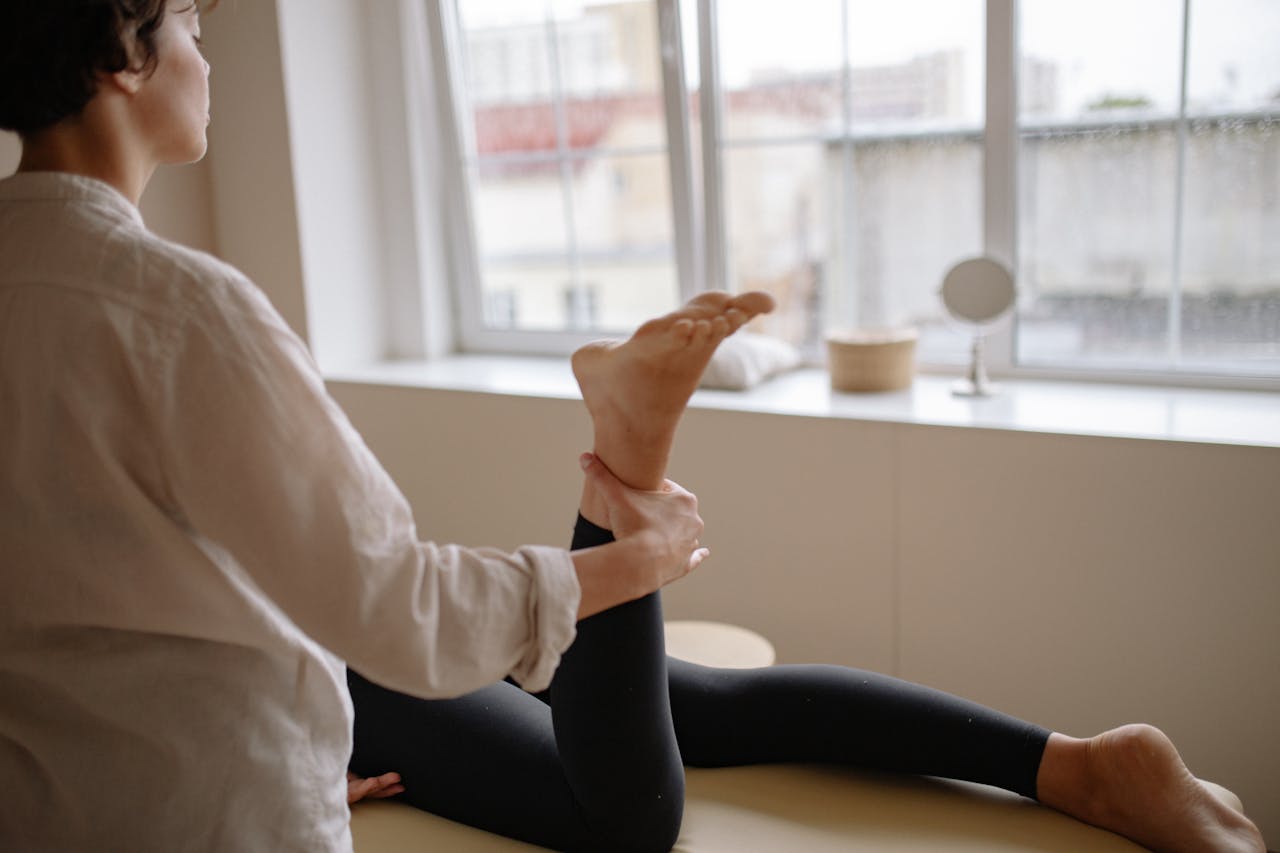With health care affordability remaining an important public issue, there is a lot of pressure put on insurance companies to accommodate member needs, medical and financial alike while improving on patient outcomes. Today, in an attempt to provide members with high-quality care for lower costs, the value-based insurance design (VBID) has become more popular.
In short, this model is designed to make the most effective health care options accessible to members. Efficient health care opportunities offer quicker recoveries with fewer visits to a physician, which means lower costs for patients. Lower costs for members equals fewer reimbursement payments for insurance companies, incentivizing providers to seek out these options.
In the case of MSK and physiotherapy, orthopedic rehabilitation is typically a long process. Recovery from MSK conditions through physiotherapy relies on active rehabilitation exercises that help patients improve their mobility, control, and strength of injured limbs. These exercises are generally done in two different settings: at clinics with therapist supervision, and at home with workouts assigned by the therapist. Recovery time varies based on injury, but almost all instances require several hours in a clinic and extensive adherence to at-home exercise. The length of the ordeal makes physio one of the more expensive health care fields for patients, and therefore for insurance companies as well.

This then begs the question: could patient recovery time be accelerated?
The answer is yes; with the power of modern computer vision.
There are some major problems with the current physio model described above. First, patients cannot be monitored whilst performing exercises at home. As a result, progress checks can only be made as often as a patient visits a therapist. This limits how often updates can be made to a patient’s recovery plan, and can slow a patient’s progress as a result.
Additionally, because of this lack of monitoring, patients can suffer from lack of guidance during their workouts. This means they could be performing movements improperly without any feedback to correct them. Even if a patient is adhering to their at-home regiment, it will be less beneficial, or in some cases even hurtful towards their progress.
This can sometimes deter patients from even completing their at-home exercises, which can slow progress significantly. If a patient doesn’t feel their at-home exercises are helpful, adherence will be extremely low.
Computer vision aims to solve these issues.
With modern-day computer vision and motion tracking capabilities, webcams can now be used as in-home physical therapists. Computer vision software can accurately track and monitor patients’ movements during exercise. Precise points on the body can be located and identified, in order for the computer to determine if a patient is using proper form, or if they are struggling with an exercise. This analysis can be done every single time a patient completes a home workout, not only when they are being observed by a therapist at a clinic. Increased monitoring frequency allows for more opportunities for updates to a patient’s recovery plan.

The information derived from each routine performed can then be used to create future routines. If a patient is scoring very high or low on certain exercises, the program creates more sessions to accommodate their progress level. Each routine is crafted at an ideal difficulty level to help the patient reach recovery faster.
What’s more, the device being used can then provide specific verbal and visual feedback in real-time to patients as they are performing the exercises. When patients feel confident that they are performing workouts properly, they are much more likely to adhere to them, making all of their at-home exercise sessions worthwhile.
All of this is made possible with computer vision, leading to faster and more efficient recoveries. Quicker recoveries lead to lower costs for members, who are now less likely to have expenses over their out-of-pocket maximum. This of course means lower reimbursement fees for insurers, all through the implementation of computer vision into physiotherapy.

 4 min reading
4 min reading


